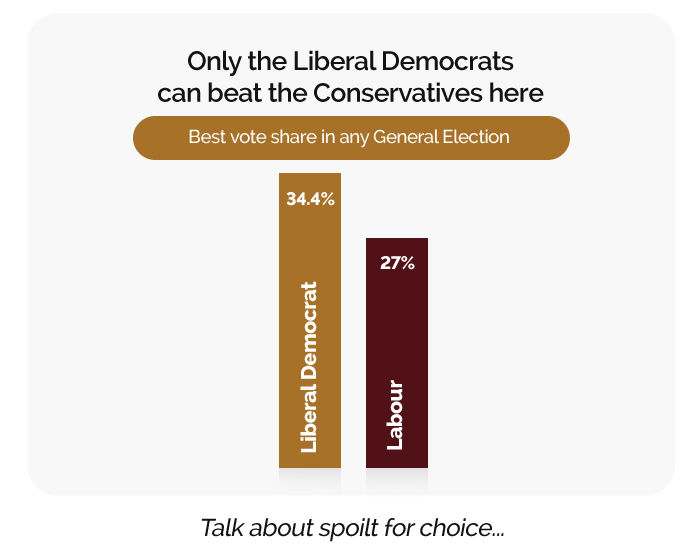Recent elections in both the UK and France highlight major flaws in their electoral systems, with lessons for Australia.
Compare the pair:
UK Labour (2024 UK election)
- National vote share: 33.8%
- Seats won (% of chamber): 63.38
Australian Labor Party (2022 Australian Federal election)
- National vote share (2pp): 52.13%
- Seats won (% of chamber): 51
How can an electoral system be considered fair when one party (Labour) can take 34% of the national vote and win a ‘landslide’ election, while another (Reform) can take almost 15% and go home with 0.8% of the seats (5 out of 650)? It’s a similar story in France, where National Rally comfortably won the popular vote but will walk away with less seats than Macron’s centrists and the NPF.
Political candidates and parties receive public electoral funding in Australia on a per-vote basis.
It highlights the importance of two key pillars of Australia’s electoral system, but also points to a couple of weaknesses.
I believe the UK election highlighted the fact that first past the post voting is neither fair nor representative. In an election dominated by an almost universal will to unseat the Conservatives, Labour and the Liberal Democrats often campaigned on prior results or current polling to indicate that voters should vote ‘tactically’ to ensure the Tories lost.

On the other hand, Nigel Farage’s Reform Party did not encourage such a practice, instead seeking to simply gain votes at everyone’s expense. As a result, the right-wing vote was regularly ‘split’ and either Labour or the Lib Dems were able to take the highest vote share.
Apart from the national vote being wildly out of proportion to the composition of Parliament, it is unfortunate that parties should gain votes tactically. It is regrettable that voters, rather than choose their preferred party/candidate, feel compelled to vote for the one they feel is most likely to defeat an incumbent they dislike. There’s no way to know how many votes for each party represent a genuine first preference for them.
The secondary issue here is the lack of a vehicle for proportional representation. If the UK had a second (democratically elected) house of parliament that was elected via proportional representation, its make-up would more closely resemble the national vote share, at the same time negating the need for any tactical voting.
To bring us back to Australia, although preferential voting in the House of Representatives mostly renders tactical voting unnecessary, there are exceptions. The two-party preferred (2pp) system can influence voters under certain conditions to change their first preference in order to ensure a supposedly more viable candidate is not eliminated early – this occurred in ‘Teal’ seats at the 2022 Federal Election.
UK election highlighted the fact that first past the post voting is neither fair nor representative.
This issue is compounded by the fact that political candidates and parties receive public electoral funding in Australia on a per-vote basis. This practice should ultimately end, not only for the aforementioned factors that influence voters, but due to the ongoing advantage it gives larger political players.
The other meaningful change that I’d make to Australia’s electoral system would be to abolish any districting within our state upper houses. By creating geographic segments within the overall electorate, the vote quota needed to gain a seat increases – again locking out smaller players and denying their voters representation. In my home state of Victoria, new legislation (similar to recent reforms in WA) could remove our upper house regions, creating a state-wide proportional race for the Legislative Council.
So don’t knock preferential voting: it allows for the most genuine expression of voter intention, and proportional representation ensures even the small players take their rightful place in the chambers. The alternatives are not fit for purpose.






